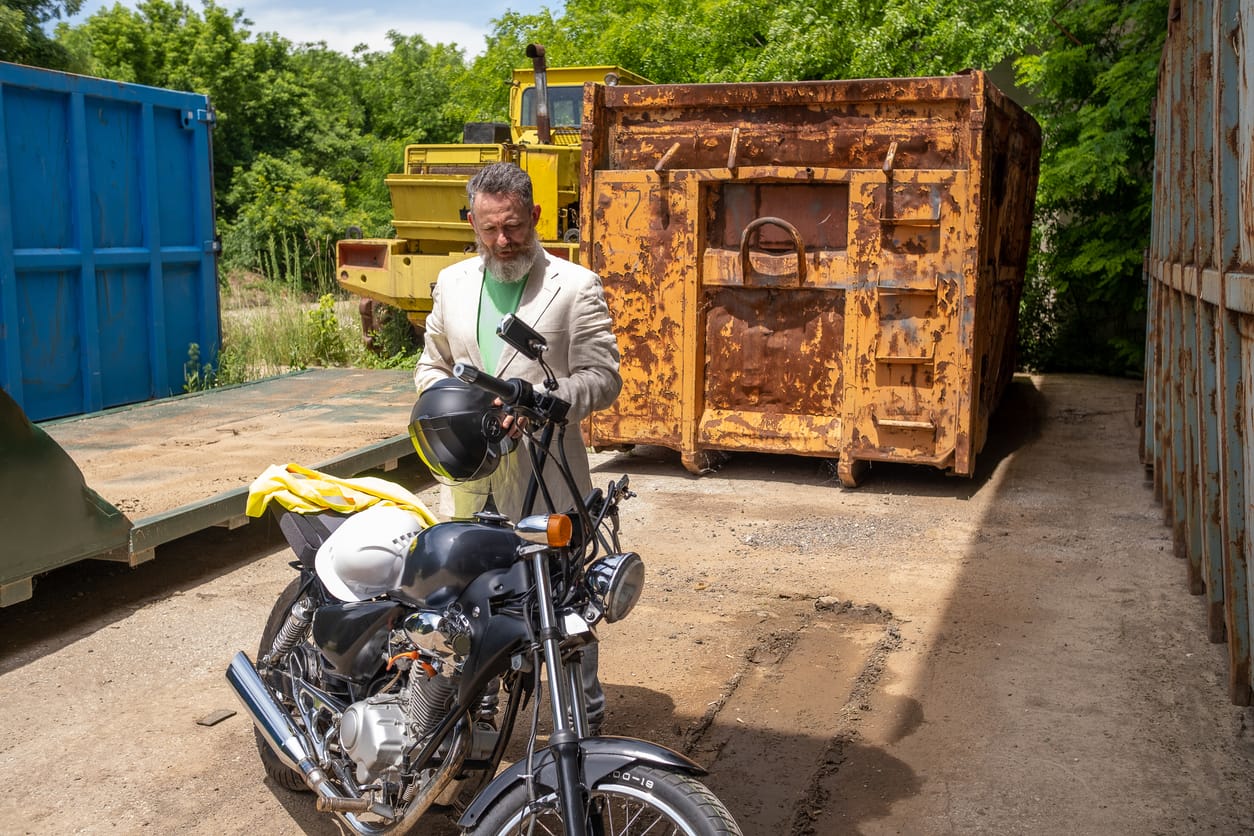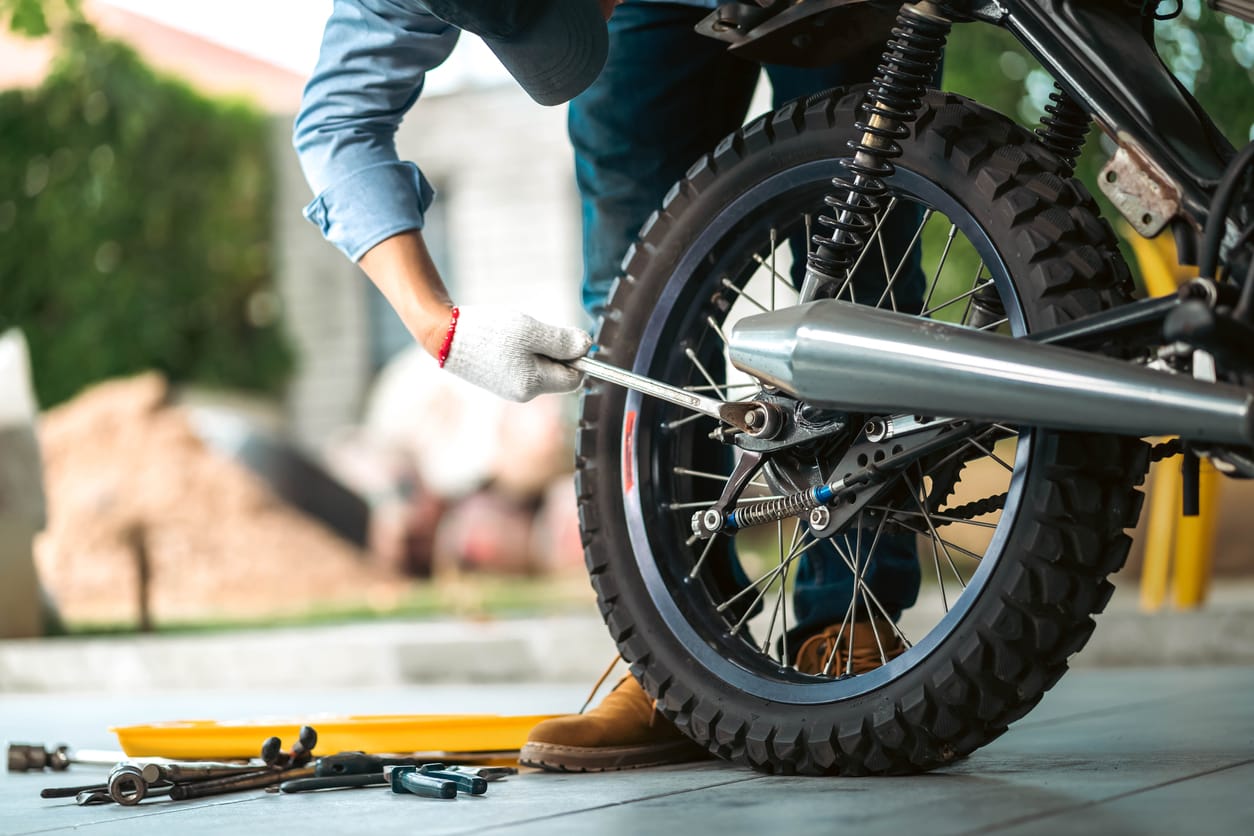Shipping a motorcycle can be a complex process, especially if you’re doing it by yourself. However, with careful planning and attention to detail, it’s possible to safely and securely transport your motorcycle to its destination. Here are some more in-depth steps to help you ship your motorcycle by yourself:

There are several options for shipping a motorcycle, each with its own pros and cons. Some common options include:
- Using a transport company: This is often the most convenient option, as the company will handle all aspects of the shipping process for you. However, it can also be the most expensive.
- Driving it yourself: If you have the time and the means, you can drive your motorcycle to its destination. This can be a cost-effective option, but it can also be time-consuming and potentially risky if you’re not familiar with the route or the weather conditions.
- Flying with it: If you’re shipping a motorcycle a long distance, you may be able to fly with it. This can be a faster option, but it can also be expensive and may require disassembling your motorcycle in order to fit it in an airplane.
Consider the distance, cost, and convenience of each option to determine which one is best for you.

Before you can ship your motorcycle, you’ll need to make sure it’s ready for transport. This includes:
- Cleaning the motorcycle: Thoroughly clean the exterior and interior of your motorcycle to reduce the chances of it getting dirty during shipping.
- Checking the fluid levels: Check the oil, coolant, and other fluid levels to ensure they are full and at the correct levels.
- Charging the battery: Make sure the battery is fully charged before shipping, as it may drain during transport.
- Removing loose or fragile items: Take off any loose or fragile items, such as mirrors or saddlebags, to prevent them from getting damaged during shipping.

There are several options for shipping containers, including
- Crates: These are wooden boxes that are custom-made to fit your motorcycle. They offer the most protection during shipping, but they can be expensive.
- Pallets: Pallets are a more affordable option, but they offer less protection than crates.
- Custom-made shipping boxes: Some companies offer custom-made shipping boxes that are specifically designed for motorcycles. These can be a good middle ground between crates and pallets in terms of protection and cost.
Choose a container that is sturdy and large enough to fit your motorcycle.

Once you have your shipping container ready, it’s time to load your motorcycle. Here are some tips for safely loading your motorcycle:
- Use a loading ramp: A loading ramp can make it easier to get your motorcycle onto the shipping container.
- Lift the motorcycle: Use a motorcycle lift or a forklift to lift the motorcycle onto the shipping container. If you don’t have access to a lift, you may be able to use a car jack or a hydraulic floor jack.
- Secure the motorcycle: Once the motorcycle is in the shipping container, make sure it is secure and won’t move around during transport. Use straps or other restraints to hold it in place.

There are several carriers that offer motorcycle shipping services, including
- Trucking companies: These companies can transport your motorcycle via truck, either as part of a larger load or on a dedicated trailer.
- Air cargo carriers: Some airlines offer cargo services for motorcycles, but this can be a costly and complex option. You may need to disassemble your motorcycle in order to fit it in an airplane, and you’ll also need to factor in the cost of packing materials and any additional fees.
Research different carriers and compare prices to find the best option for your needs. Be sure to also consider the carrier’s reputation and the level of insurance they offer.
Once you’ve chosen a carrier and a shipping method, it’s time to book your shipment. Make sure to provide all necessary information, including the pickup and delivery addresses, the size and weight of the shipment, and any special instructions. It’s also a good idea to get a written quote or estimate from the carrier, as well as a copy of their terms and conditions.

It’s always a good idea to insure your motorcycle during shipping, in case of damage or loss. Check with your carrier to see if they offer insurance, or consider purchasing a separate policy. Be sure to read the fine print and understand what is and isn’t covered under the policy.
Shipping a motorcycle by yourself can be a bit of a headache, but with a little bit of planning and preparation, it’s totally doable! If you’re not up for the task, though, and you want to leave it to the pros, consider using Ship A Car, Inc. They’ve got the experience and resources to handle the shipping process for you and make sure your motorcycle arrives at its destination in one piece. So, if you want to sit back and relax while your motorcycle gets shipped to its new home, Ship A Car, Inc. is the way to go!

To prepare your motorcycle for shipping, make sure it is clean and in good working condition. Remove any personal items or loose parts, and drain the fuel tank to about a quarter full.
To choose a shipping company, research different options and request quotes from them. Compare the prices and services offered to determine the best option for you. Be sure to read the fine print and ask any questions you may have before signing a contract.
Yes, most shipping companies will provide you with a tracking number so you can track the progress of your shipment. Check the status of your motorcycle’s shipment regularly to ensure it is on track to arrive at its destination on time.




